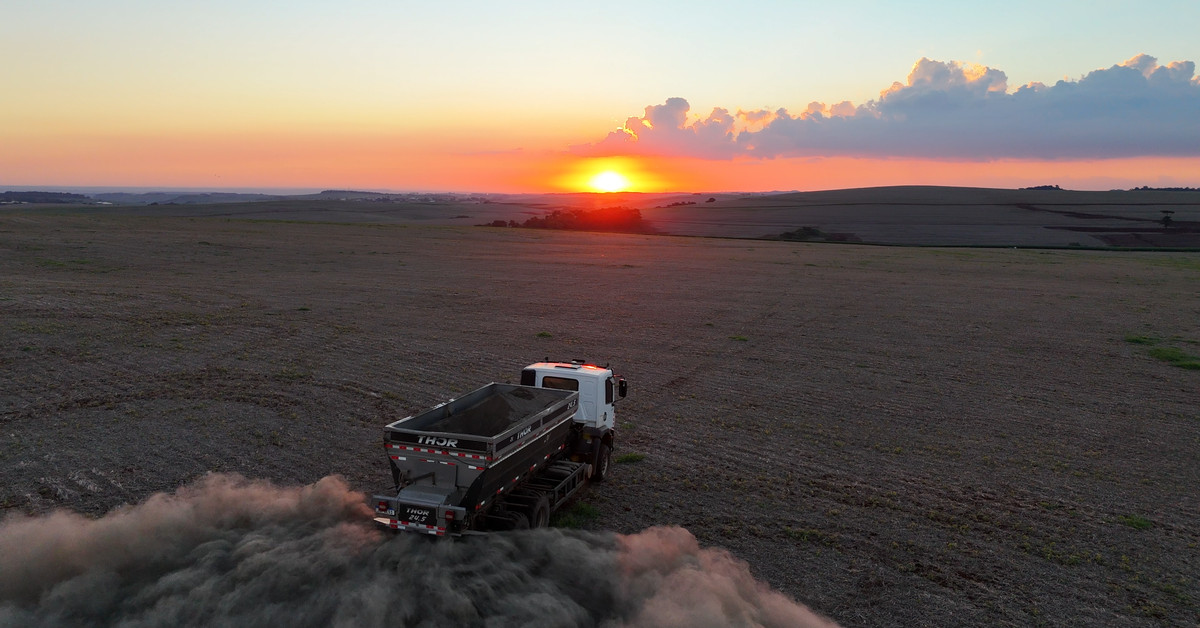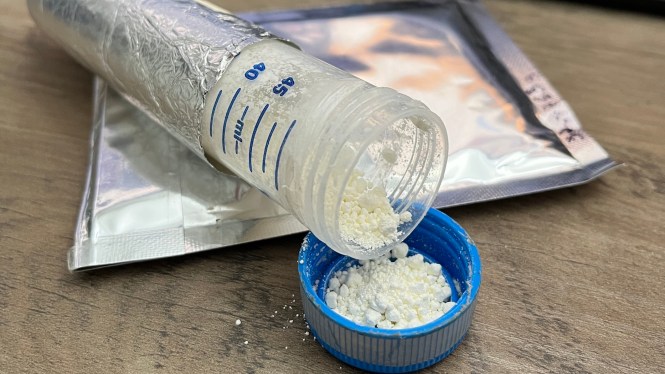In an effort to mitigate the impact of their pollution on the climate, big companies like Google, H&M Group, and Salesforce have invested heavily in a plan to trap carbon dioxide using rocks. This innovative approach, known as enhanced rock weathering (ERW), has gained significant backing from prominent names, including Sheryl Sandberg-backed startup Terradot.
Terradot’s Carbon Removal Initiative
Terradot, a research-driven startup, has developed an ERW strategy that leverages the natural process of rock weathering to capture CO2. The company aims to remove 90,000 tons of carbon dioxide from the atmosphere as part of a $27 million deal with Frontier, a carbon removal initiative led by Stripe, Google, Shopify, and McKinsey Sustainability.
Google’s Multi-Million Dollar Deal
In addition to its investment in Terradot through Frontier, Google has also signed a separate deal worth an undisclosed amount (estimated to be around $60 million) for the purchase of 200,000 tons of carbon removal from Terradot. This deal marks the largest ERW agreement to date and is expected to help reduce Google’s significant carbon footprint.
The Science Behind Enhanced Rock Weathering
ERW accelerates a natural process that occurs over thousands of years, where rainfall breaks down rocks, releasing calcium and magnesium, which then reacts with CO2 to form bicarbonate. This chemical reaction traps the CO2 in water, which eventually makes its way to the ocean, sequestering the carbon.
Terradot’s Terracarbon Process
Terradot takes basalt from quarries in southern Brazil and crushes it into a fine powder that is then spread out over large areas. This process increases the surface area of exposed rock, allowing for faster reaction rates with CO2. The company has partnered with Brazil’s agricultural research agency (EMBRAPA) to use this strategy on over one million hectares of land.
Challenges in Measuring Carbon Removal
While Terradot and Google are optimistic about the potential of ERW, there are challenges associated with measuring the effectiveness of carbon removal through this process. It is difficult to accurately assess how much CO2 is trapped based on soil samples and degradation rates. Moreover, fertilizer use in the soil can potentially limit the amount of carbon captured.
The Limitations of Carbon Removal
While ERW shows promise as a means to reduce atmospheric CO2 levels, experts caution that it should not be seen as a substitute for preventing greenhouse gas emissions. In fact, Google’s own research suggests that even if Terradot successfully captures 200,000 tons of carbon dioxide, this would only account for a small fraction (1.4%) of the company’s total annual CO2 emissions.
The Role of Carbon Removal in Combating Climate Change
Carbon removal through ERW or other methods is not a silver bullet solution to climate change. Rather, it is one tool among many that can be used in conjunction with reducing greenhouse gas emissions to combat this pressing issue. As Jagoutz notes, "why not try?" – even if there are uncertainties associated with measuring the effectiveness of carbon removal through ERW.
Related Developments
In recent years, Google has made significant strides in reducing its energy consumption and transitioning to clean energy sources. The company plans to build data centers next to solar and wind farms, and has signed a deal for the development of advanced nuclear reactors. These efforts underscore the importance of switching to clean energy as the most effective way to combat climate change.
Conclusion
The investments made by Google and other big companies in ERW represent an important step forward in the fight against climate change. While there are challenges associated with measuring carbon removal through this process, experts agree that it is worth pursuing – particularly when combined with aggressive emission reduction strategies. As Terradot’s Kanoff notes, "any of the partners we’re even thinking about working with… have some of the most aggressive emission reduction strategies of any of the companies really in the world."





